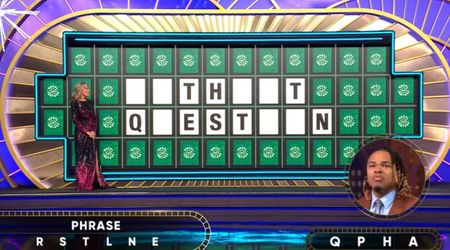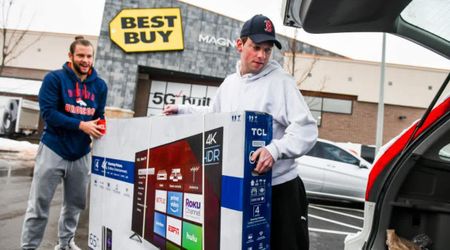As SNAP Benefits Shrink, Budget Shoppers Are Buying Less, Relying On Food Banks

Shoppers relying on food stamps to buy groceries have been facing increasing difficulties as their benefits have been steadily declining. This has prompted them to buy fewer items and seek support from food banks. The rising grocery prices along with a reduction in benefits have created a challenging situation for low-income households across the country, CNN Business reported.
Decline in SNAP Benefits
Kroger, one of the major grocery chains, has observed a decline in purchases by budget-conscious households as SNAP (Supplemental Nutrition Assistance Program) benefits have decreased.
Rodney McMullen, the CEO of Kroger, highlighted the impact of reduced benefits during an earnings call. He said that customers were opting for lower-priced products and smaller pack sizes due to the shrinking of SNAP benefits. Instead of purchasing a 12-pack, they might choose a more affordable four-pack.

The SNAP benefits were cut down following the wrap of the Covid emergency policy that had temporarily raised the benefits to the maximum level for all recipients to manage food insecurity.
The reduction of benefits affected an estimated 16 million households in 32 states and Washington, DC. These households experienced a decrease of at least $95 per month. The average per day food stamp benefit is likely to decrease to $6 per person as compared to about $9 earlier, according to the Center on Budget and Policy Priorities.
Struggles of Food Stamp Customers
The challenges faced by customers relying on food stamps extend beyond Kroger. Dollar General, Dollar Tree, Walmart, and other chains have also reported similar struggles among individuals using SNAP benefits. Jeffrey Owen, the CEO of Dollar General, noted that customers were caught off guard by the reduced benefits, which compounded the inflationary pressures they were already experiencing. As a result, these customers started to increasingly rely on food banks, deplete their savings, or use credit cards to fulfill their nutritional needs.

Rising Grocery Prices
The situation for individuals dependent on SNAP benefits is worsened by the upward trend in grocery prices. Although grocery prices dipped in March and April, they increased slightly in May, according to data from the Bureau of Labor Statistics' Consumer Price Index. Adjusted for seasonal swings, grocery prices rose by 0.1%, with menu items experiencing a 0.5% price growth during that period. In comparison to the previous year, grocery prices experienced a 5.8% increase in May.
Notably, a number of necessary food items, including flour and bread, proceeded to touch high prices throughout the year. The prices of flour rose by over 17% while that of bread jumped by 12.5%. Meanwhile, sugar also spiked by nearly 11%.
The combination of reduced SNAP benefits and rising grocery prices has created a challenging financial situation for low-income households. The inability to purchase an adequate quantity of food due to financial constraints compromises the nutrition and well-being of individuals and families. This situation has led food banks to face increasing demand and may struggle to meet the needs of the community.























